Introduction to copper busbar
Copper busbars are essential components in power distribution systems, serving as conductive pathways that facilitate efficient transmission of electrical current. Due to their unique properties, copper busbars are used in a wide variety of applications, including industrial power distribution, renewable energy systems, and switchboards. This article will explore the many benefits of copper busbars, highlighting why they are often the first choice in electrical engineering.

Excellent electrical conductivity
One of the main advantages of copper busbars is their excellent electrical conductivity. With a conductivity of approximately 59.6 x 10^6 S/m, copper is one of the best electrical conductors available. This high conductivity enables copper busbars to carry large currents with minimal energy loss, which is critical to maintaining the efficiency of electrical systems.
Benefits of High Conductivity
Reduce Energy Loss: The excellent conductivity of the copper busbar minimizes resistive losses, ensuring more of the generated electricity is effectively utilized.
Improved system performance: By reducing energy losses, electrical systems can operate more efficiently, improving overall performance and reliability
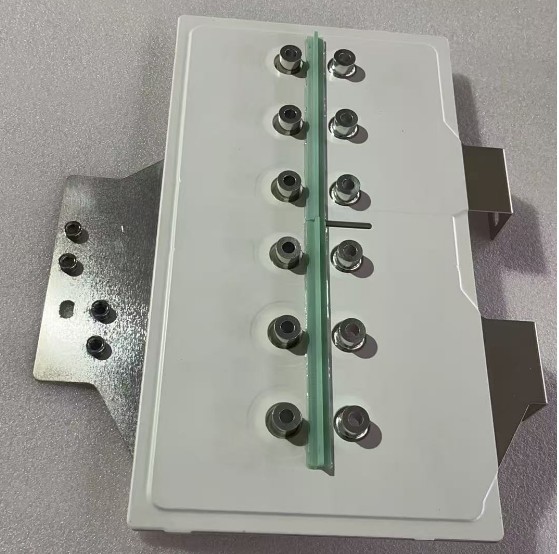
Corrosion resistance
Copper busbars offer excellent resistance to corrosion, which is a significant advantage in a variety of environments. This feature is particularly important in applications where the busbars may be exposed to moisture, chemicals or other corrosive elements.
Advantages of corrosion resistance
Long Life: The corrosion resistance of the copper busbar extends its service life, reducing the need for frequent replacement and maintenance.
RELIABLE CONNECTION: Corrosion can compromise electrical connections, leading to failure. Copper’s corrosion resistance helps maintain the integrity of the connection, ensuring long-term, reliable performance.
Mechanical strength and durability
Copper busbars have excellent mechanical strength and can withstand pressure and strain without deformation. This property is particularly important in applications where the busbar may be subject to vibration, thermal expansion or mechanical loads.
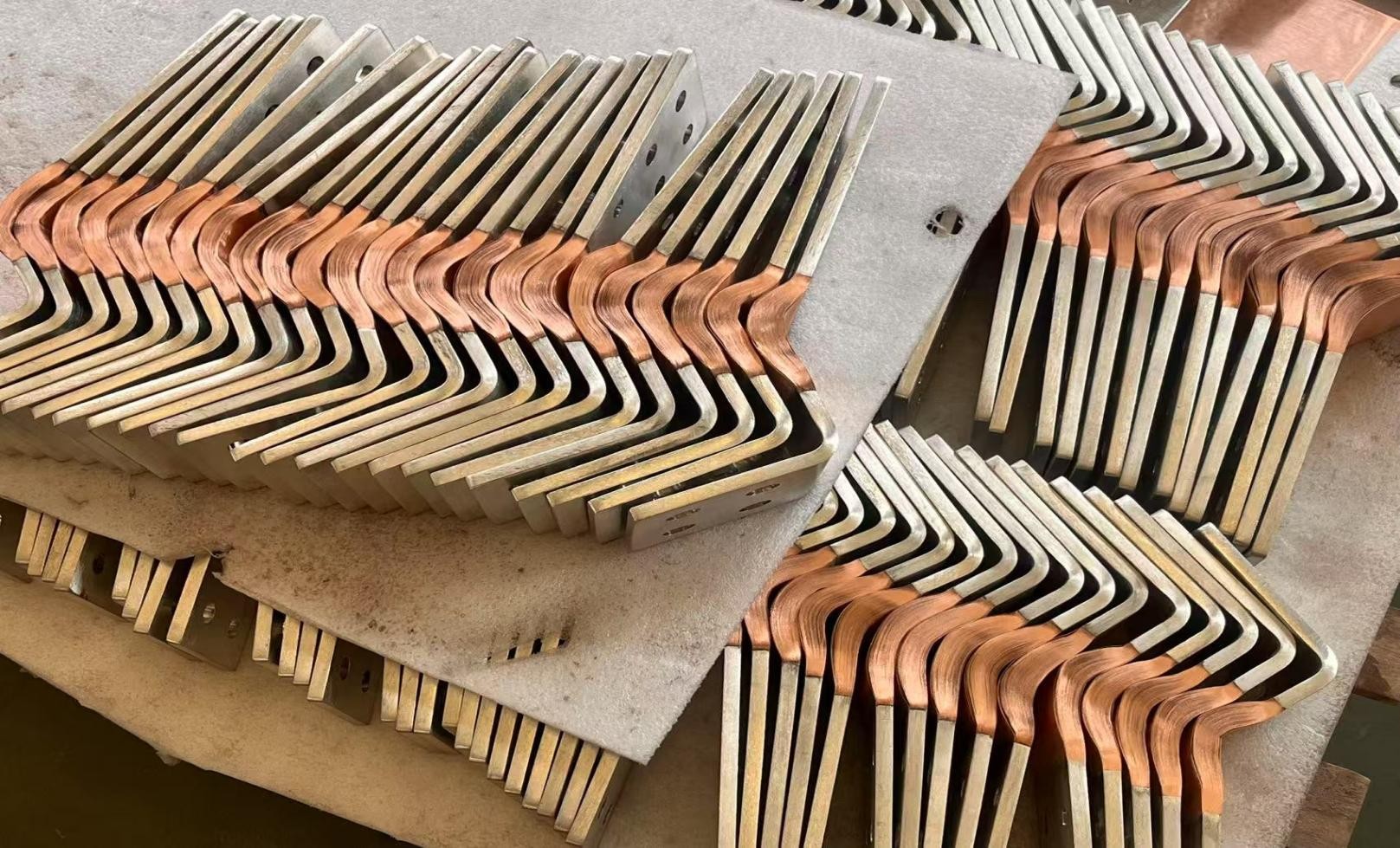
Benefits of Mechanical Strength
Enhanced reliability: The mechanical strength of the copper busbar increases its reliability in harsh environments and reduces the risk of failure.
Wide Range of Applications: Due to its strength and durability, copper busbars can be used in a wide range of applications,
from industrial power distribution to renewable energy systems.
Thermal conductivity
Another significant benefit of copper busbars is their excellent thermal conductivity. Copper can effectively dissipate the heat generated during electrical conduction, which is essential to prevent overheating and ensure safe operation.
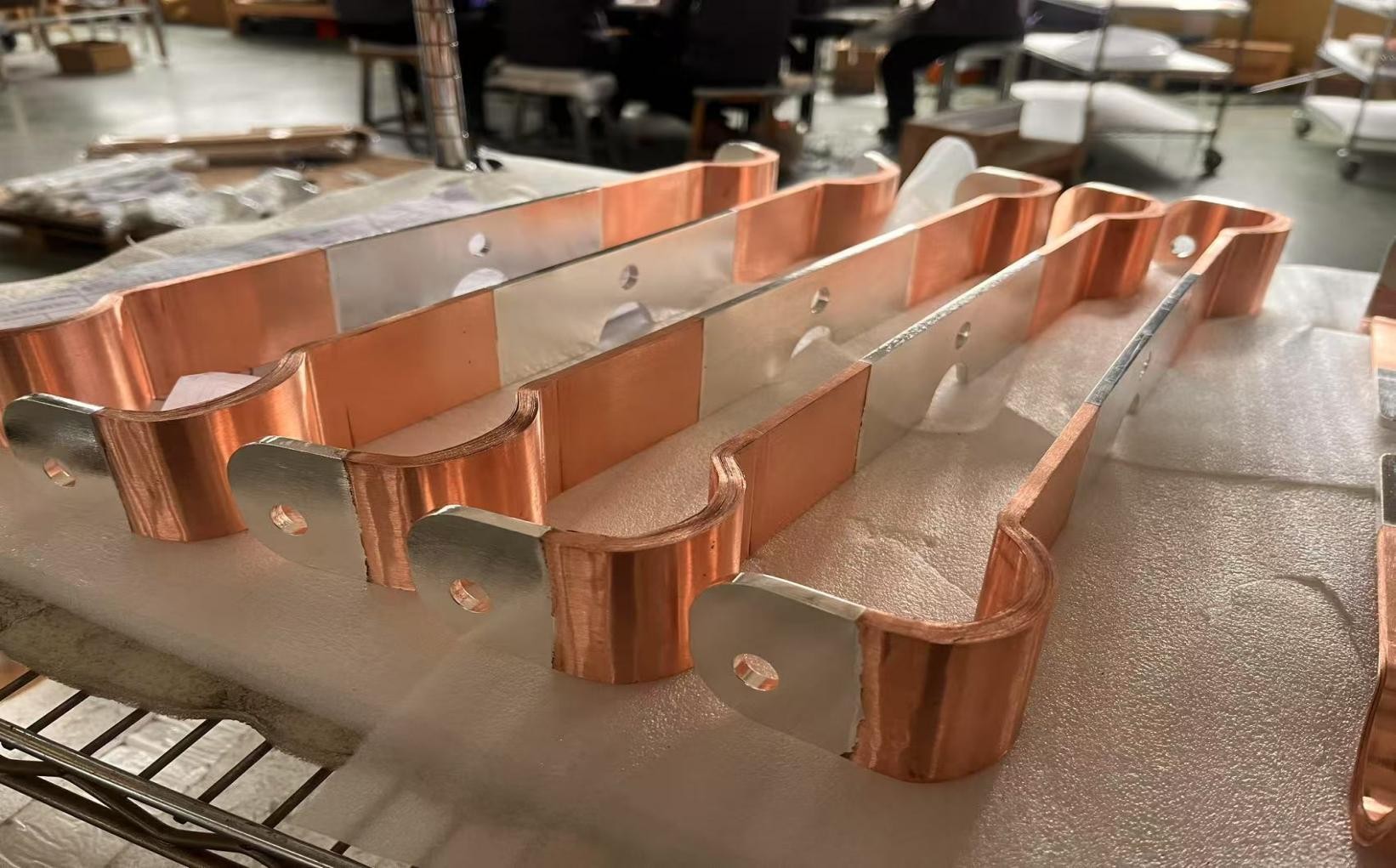
The Importance of Thermal Management
Reduces the risk of overheating: Effective heat dissipation helps maintain optimal operating temperature, reducing the risk of overheating and potential damage to electrical components.
Improved Safety: By effectively managing heat, copper busbars help improve the overall safety of electrical systems and minimize the risk of fire.
Easy to manufacture and install
Copper busbars are relatively easy to manufacture and install, making them a practical choice for a variety of applications. They can be easily cut, shaped, and connected to other components, providing flexibility in design and installation.
Advantages of manufacturing and installation
Customizability: Copper busbars can be manufactured in a variety of shapes and sizes to meet specific project requirements, providing design versatility.
Simplified Installation: Easy installation reduces labor costs and time, making copper busbars a cost-effective solution for electrical systems.
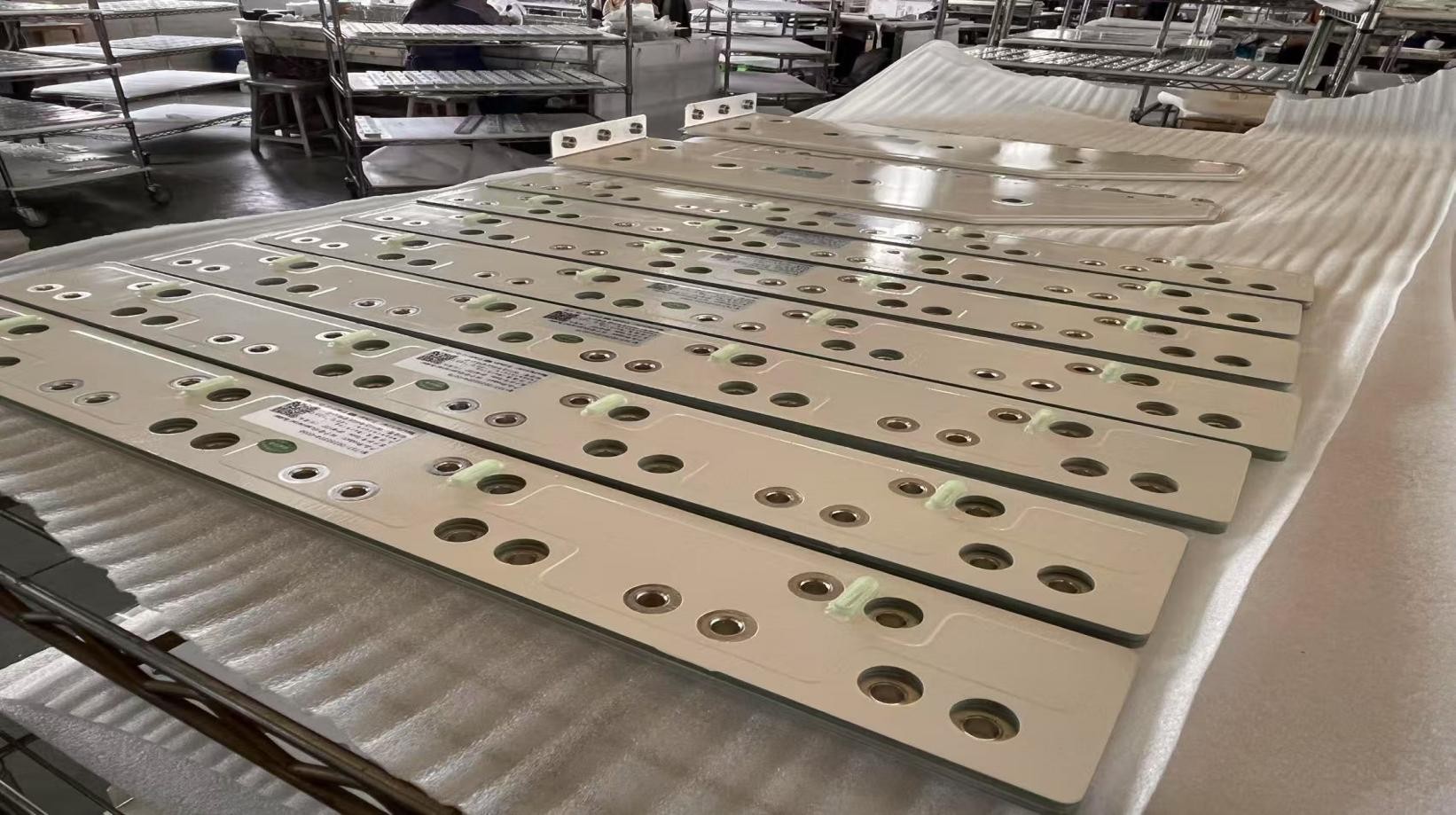
Cost considerations
While the initial cost of copper busbars may be higher compared to alternative materials such as aluminum, the long-term benefits often outweigh the upfront investment. The durability, efficiency and reliability of copper busbars can result in significant savings over time.
Long-term savings
Reduce maintenance costs: The long life and corrosion resistance of copper busbars reduce maintenance and replacement costs.
Energy Efficiency: The reduction in energy losses associated with copper busbars can reduce operating costs, making it a cost-effective choice in the long run.
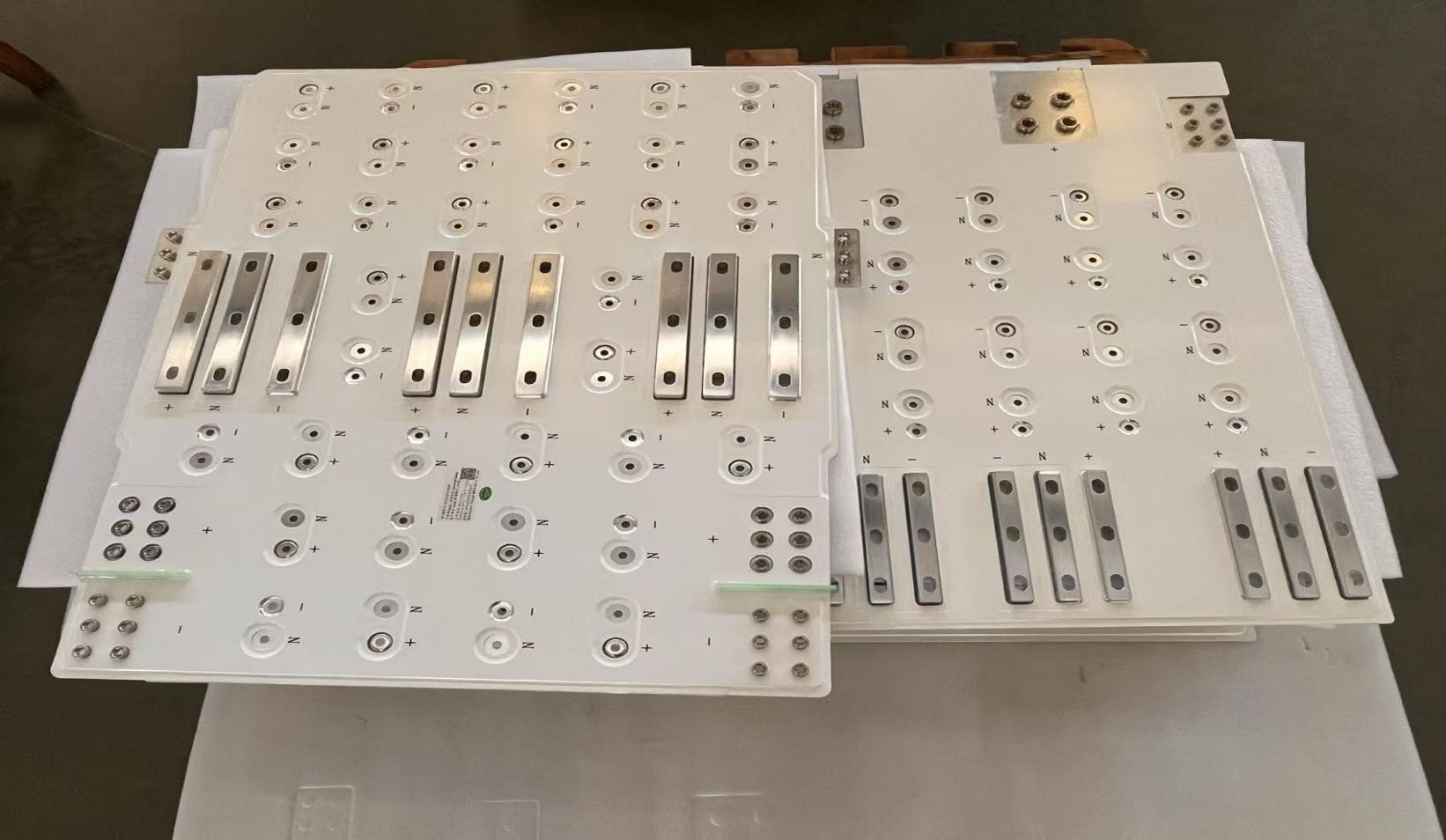
In conclusion
In summary, copper busbars offer numerous advantages that make them an excellent choice for power distribution systems. Their excellent electrical conductivity, corrosion resistance, mechanical strength, thermal conductivity, and ease of fabrication have led to their widespread use in a variety of applications. While the initial cost may be higher than other alternatives, the long-term benefits of copper busbars, including reduced maintenance and energy savings, make them a worthwhile investment. Understanding the benefits of copper busbars is essential for engineers and designers looking to optimize electrical systems and ensure reliable power distribution. As technology continues to advance, the role of copper busbars in improving efficiency and safety will remain vital in the field of electrical engineering.
Post time: Mar-28-2025








